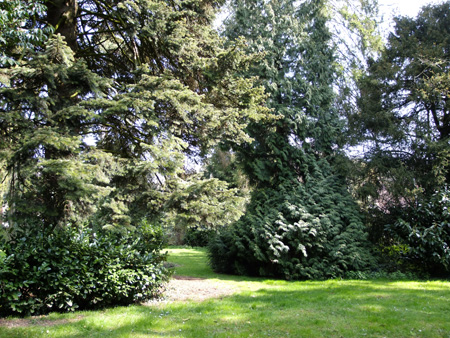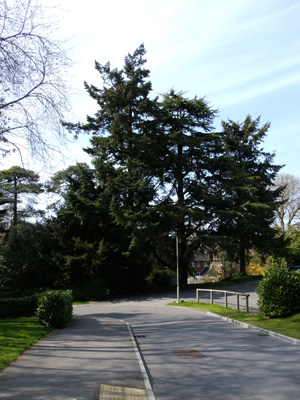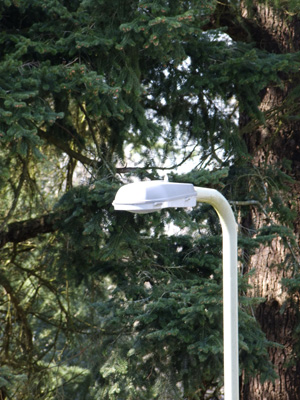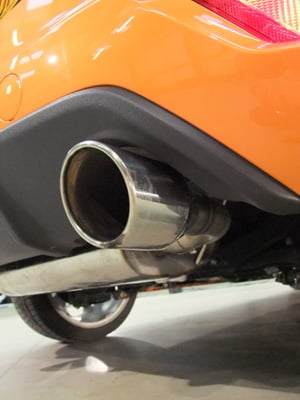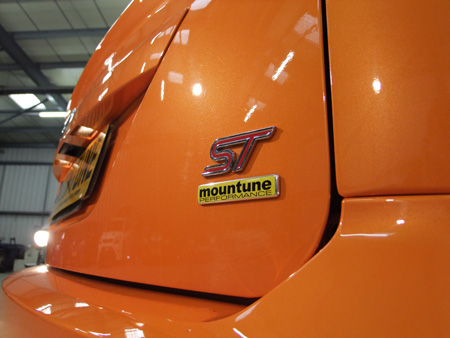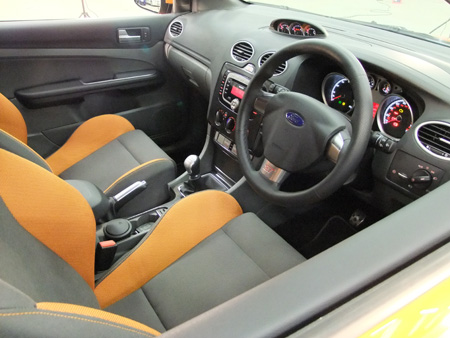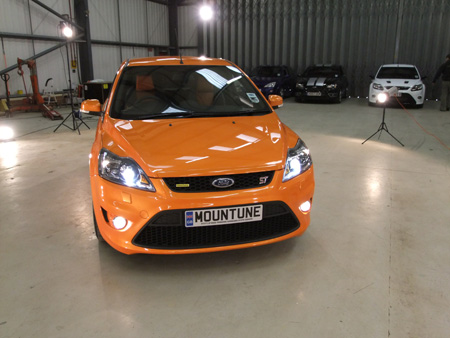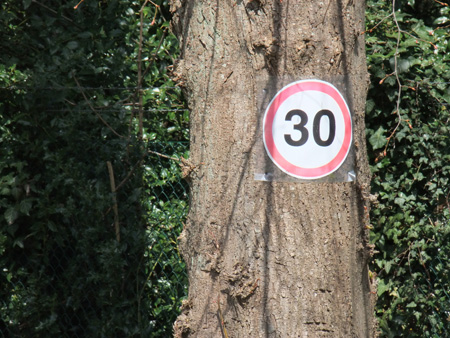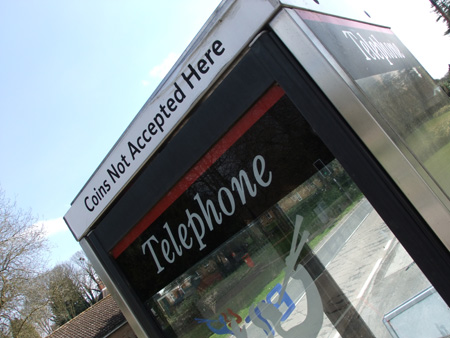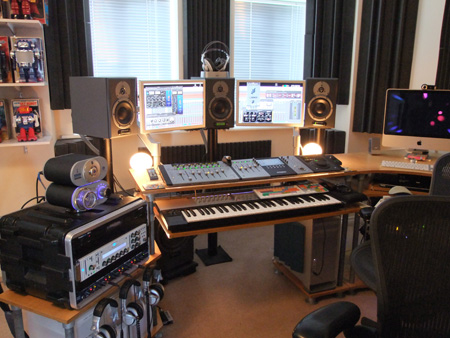Original URL: https://www.theregister.com/2010/04/30/review_camera_fujifilm_s200exr/
Fujifilm Finepix S200EXR bridge camera
Taking a long shot
Posted in Personal Tech, 30th April 2010 12:02 GMT
Review Until recently, the Fujifilm Finepix S200EXR was the company’s flagship bridge camera with its clever extended dynamic range (EXR) noise handling, 12Mp CCD sensor and a 14.3x zoom lens that in 35mm terms translates to an all-purpose 30.5-436mm range.
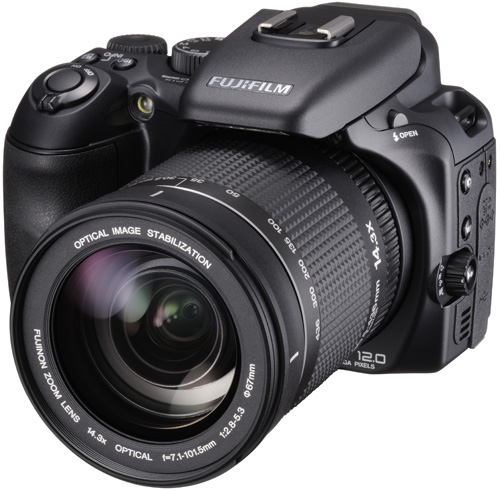
Worth a shot? Fujifilm's Finepix S200EXR
While the company’s latest offering, the HS10, to be reviewed shortly, is raising a few eyebrows with its 30x zoom and HD video, it uses a 10.1Mp CMOS and is a rather different beast altogether. So, before the scramble for HD on still cameras obscures the capable S200EXR, a look at this camera’s features seems in order, especially as it can be picked up for a great price if you shop around.
To be honest, I wasn't expecting too much from this camera. I presumed it would be fairly inflexible and just take images effortlessly without me having to work too hard. Yet when I first picked it up, I was surprised by the level of control you get at your fingertips. Buttons for ISO, White Balance, AF shooting modes, metering, flash and even face recognition are all easily reached. Even though you can get started swiftly by choosing Auto, the S200EXR really is a camera that, if you’re keen to get the best out of it, deserves more serious exploration.
The Fujinon 14.3x optical zoom f=7.1-101.5mm lens delivers an excellent range with its manually operated barrel zoom. Unusually, the lens focus ring is to the rear, nearest the body and the zoom goes in the wrong direction. For me, twist left for wide and telephoto to the right, but this is reversed here. Given this is a non-interchangeable lens camera, this combination seems very capable for most things – most well-lit, outdoor sort of things, that is.
Of course, not all photogenic subjects lurk in dark moody places. In fact, where this camera shines is when the f/2.8-5.3 variable zoom is used at its furthest reach. A 436mm lens exceeds what most people will buy for their DSLR and so its not so bright f/5.3 is to be expected and will be limiting.
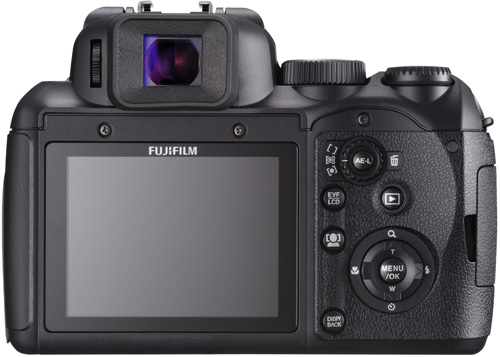
An electronic viewfinder offers an alternative to the LCD panel
With light being all-important at full zoom, the S200EXR is ideal for outdoors where most shooting will be done at this range. That said, another feature that really impressed were the two Macro modes, the most extreme getting to focus 1cm away from an object. Yes indeed, it really is a versatile lens.
One thing that brought a warm feeling was the Film Simulation options. A lifetime ago I used Fujifilm almost exclusively, shooting on transparency. One of the company’s major successes was Velvia. A super saturated ISO 50 film for still life – food, product shots, anything with bags of colour really. Well it lives on as one of the presets here.
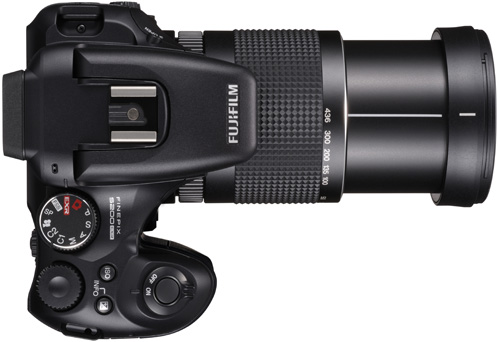
Multiple modes enable shooting in any environment, but keep a tripod handy
It’s technology doing its best in emulation of course, as it is simply an algorithm now, but the Velvia brand was a cornerstone in photography. Likewise with the Provia RDP 100; a legend in neutral tones, especially on skin. You either shot this or the Kodak equivalent, if you used the same processing lab, which ran 24 hours a day, you used this. It was the workhorse transparency film for publishing, in fact any professional photography, and is the Standard preset here.
Astia, brings up the rear with a softer colour/contrast look, 'a more subdued look', again from Fuji’s film stock history. There is also the obligatory black and white and sepia modes if you want to throw away your options (colour-wise) at the moment of capture.
The top dial takes you through the different modes available. In Auto mode only a few parameters can be set, but one that is very useful is the upper ISO. This allows you to decide where the ceiling is, before the shutter starts getting into shaky handheld territory or you start shooting noisy images up the top end.
The eponymous EXR function suggests it must be important and it’s the technology behind the sensor adapting into three modes, which are fairly self-explanatory, namely, Resolution Priority, High ISO & Low Noise, and D-Range Priority. Being in any of these modes will get the best result this camera can offer. The Auto feature, appears to take this decision for you, though it should be noted that in Auto, and Manually selected D-Range the resolution drops to 6Mp. This might be too much of a drop for some people having bought a camera with twice that advertised.
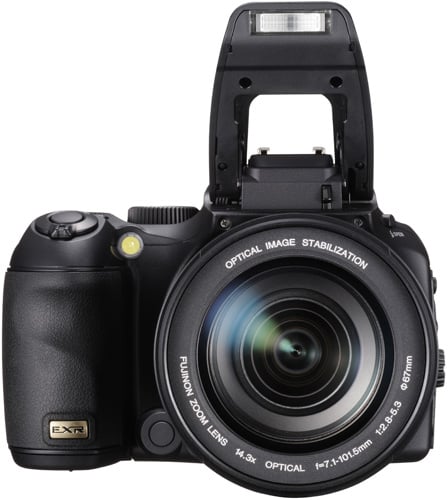
The slow lens means flash will be essential in some circumstances
Film simulation bracket (FSB) takes three successive images, one in each colour mode (standard, vivid and soft) to get a cross section of what might have been captured had you used the other 2. There is also AE and Dynamic Range bracketing all in all, offering plenty of choice when back at the computer. There are also scene modes such as beach, snow, fireworks and the like.
Sample Shots
Sample Shots
Macro
Studio Lighting
Sample Shots
Sample Shots
Film Simulation
ISO Tests
Some lovely generic images help you recognise the correct setting. This makes it more fun, and with a short explanation under each, it's pretty clear. In fact the info that is provided from the 2.7in LCD screen is good all round. Fuji seems to have gone out of its way to educate, as much as feasible, with examples and text.
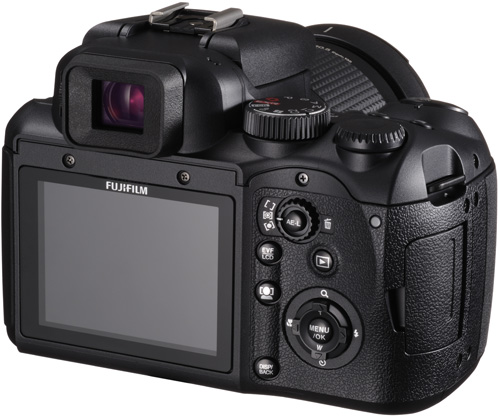
RAW and JPEG shooting, but movie recording is only standard definition
The S200EXR also offers Program, Shutter and Aperture modes plus two Custom settings reserved on the dial too. When using the viewfinder up at your eye, parameters are altered from a wheel, which falls very well beneath your thumb, the four way paddle on the back also aids quick navigation.
Two other modes worth mentioning are the Pro Low-light Mode where bracketing in low light, allows stationary objects (with the camera on a tripod) to appear very sharp and noise free. It takes four high-sensitivity and low-noise exposures and then combines them into an image of exceptional quality. The other is Pro-Focus which takes two images and combines them to give large sensor shallow depth-of-field effect, with the background sent well out of focus.
The S200EXR can capture JPEG and RAW formats and both simultaneously if desired. The movie modes reflect this is a camera dreamt up a while ago now, and offer 640 x 480 or 320 x 240, both at 30fps, so no great shakes. The files are AVI (Motion JPEG's), which can be edited easily enough.
The high contrast LCD screen seems small compared with current DSLR's, and not very high definition, yet the Electronic Viewfinder is packed full of information and appears very high res too. However, it suffers from drag and is slow so, for those used to truly optical viewfinders found on D/SLRs, this is going to seem very strange at first. However, it’s still useful for use in bright environments when the LCD panel may struggle to be seen.
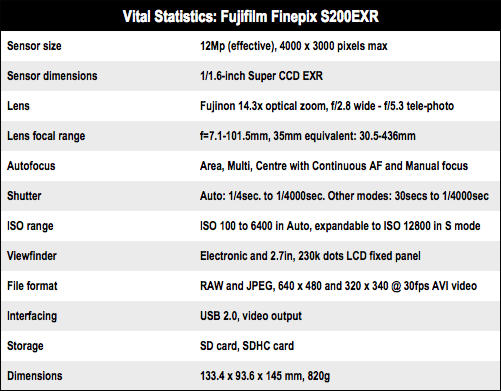
The rechargeable battery is easily good for a hard day in the field, piste, beach, firework display, actually, maybe not that last one. One niggle is that depressing the shutter or any button for that matter, doesn't rouse it from slumber. You have to turn it to the off position and back on again. Also you have to tell it to send a signal to operate an external flash. Does this save battery? Seems odd, but maybe most people would just rely on the very capable internal flash.
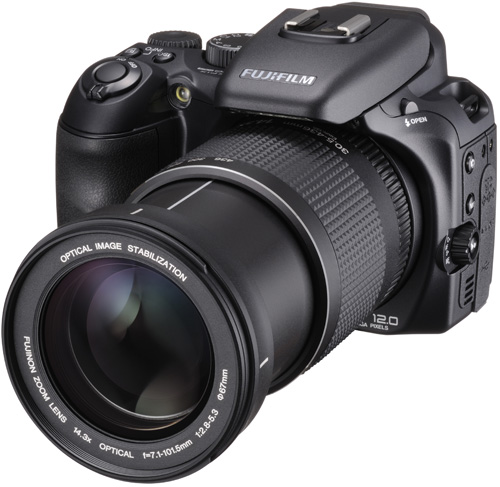
Bulky at full extension, but still a compact alternative to a DSLR with multiple lenses
It weighs the same as a DSLR with a kit lens on, but is a good deal cheaper and has more features to get you a decent shot every time. If you stick with Auto then, inevitably, the flash will pop up in low light, even so, you will still get a shot out of it, which should keep most customers satisfied.
If subdued light shots are the order of the day, then use a tripod rather than rely on the image stabilisation and take advantage of the Pro Light mode feature. Without these types of options, the noise handling above ISO 800 is just a bit too gritty.
Verdict
While a brighter lens would be desirable it would push the price far too high, however, this camera has some neat tricks to compensate in different environments. Nevertheless, the sort of user the S200EXR really suits is the nature and landscape photographer who’ll tend to have sufficient available light to avoid high ISO settings and too much reliance on image stabilisation. Indeed, the convenience of not having to carry multiple lenses shouldn’t be overlooked. And for those with a sense of nostalgia, the Fuji film emulation modes add a certain something that is really good to see again. ®
More Camera Reviews… |
|||
 Samsung Samsung
WB5000 |
 Canon Canon
Powershot G11 |
 Panasonic Panasonic
Lumix DMC-GH1 |
 Sony Sony
Cybershot DSC-HX1 |


